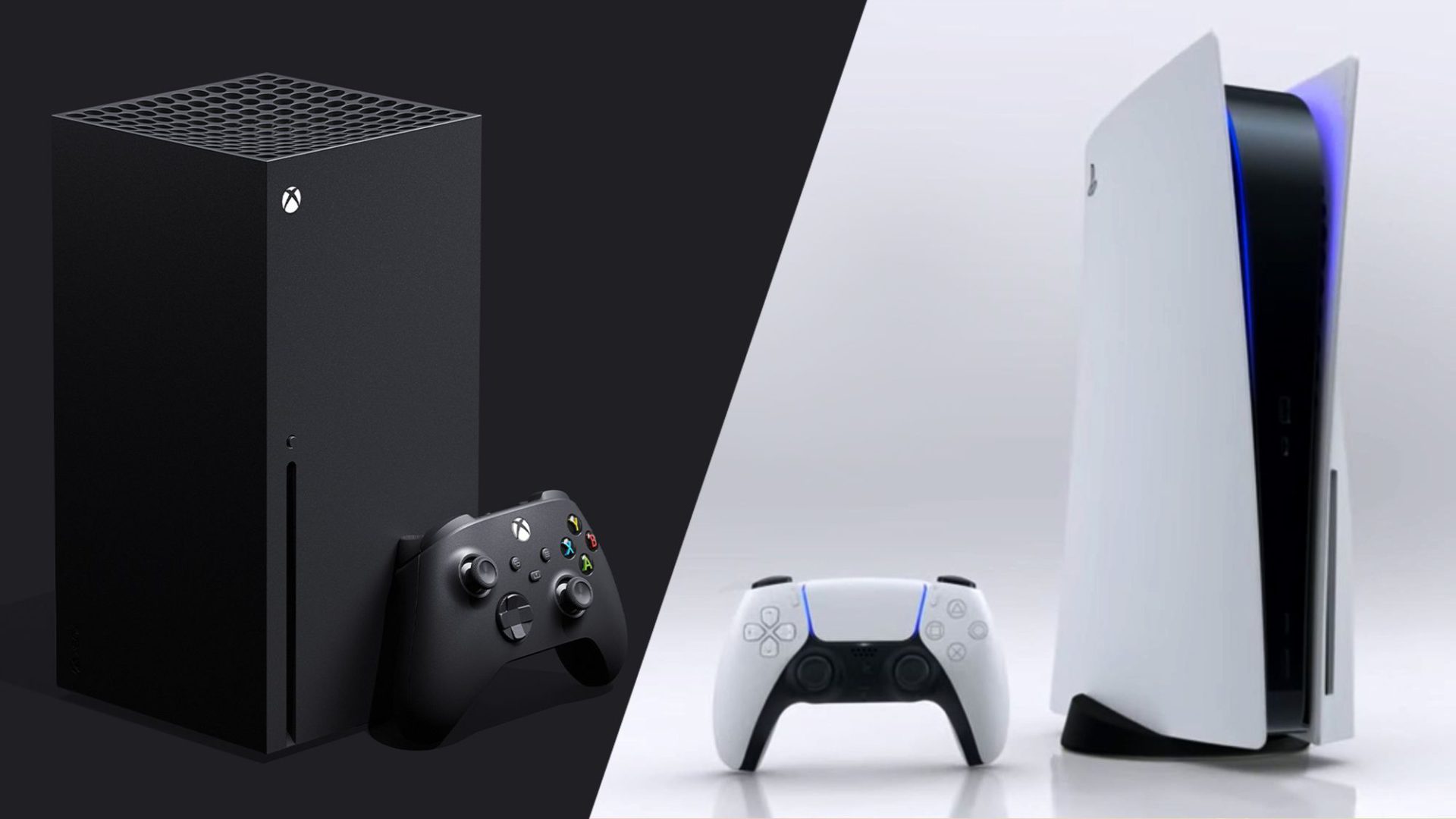Physical Address
304 North Cardinal St.
Dorchester Center, MA 02124
Physical Address
304 North Cardinal St.
Dorchester Center, MA 02124

The fact is this: gamers love graphics. With every generation of consoles starting from 1994’s PlayStation, successive console evolutions have brought better graphics, faster gameplay, and all-around smoother gaming experience. From its origins, esports has been driven by the race for constant innovation to drive more realistic and immersive gaming experiences. Well, with Sony and Microsoft releasing their PS4 and Xbox One consoles respectively in 2013, the expected seven-year cycle elapsed and now, both companies have recently unveiled their latest offerings: the PS5 and Xbox Series X.
Sony initially teased its new console at its Future of Gaming event in June 2020. There, the company broke word on what it had in store for gamers in 2020’s holiday season. Sony announced that the console had been in development for five years (since 2015).
The PS5 comes in an unapologetically large chassis, however, the sheer attention to detail by designers has resulted in a console that is both sleek, beautiful, and functionally capable.
The PlayStation 5’s specifications are perhaps its strongest suit. It comes with a custom AMD CUP with 8 Zen 2 cores clocked at 3.5GHz (but calibrated for variable frequencies). This CPU is paired with a 10.28 teraflop GPU and 16 gigabytes of RAM. To put it in context, the PlayStation 4’s GPU was only capable of around 4 teraflops – and its graphics capability wasn’t a slouch either.
The Xbox Series X, on the other hand, utilizes a much more restrained, utilitarian design. The cuboid-shaped console matches the PS5 in most areas, even surpassing it in some.
In September 2020, Microsoft announced the Series X and S (its digital-only sibling). At the announcement, the company delved into detail regarding the different pieces of cutting-edge hardware its developers, engineers, and designers worked together to incorporate into the console. Placing power ahead of looks, the console is fitted with the same 8-core AMD Zen 2 CPU as the PS5. However, with a processing power of 12 teraflops, its GPU slightly outpaces Sony’s offering.
Both these consoles are exponentially more powerful than their respective predecessors. As such, if the previous generation PS4 and Xbox One led to the emergence of esports as mainstream, the PS5 and Xbox Series X will consolidate its relevance and profit potential.
The PS5 and Series X place an increased priority on game sharing, co-op play, and internet-based multiplayer experiences. Their much smoother user interfaces allow players to delve in and out of their social sharing feeds between gaming sessions. The controllers and video output standards have been fine-tuned to allow for almost nonexistent latency – meaning that the instant you execute a command, the corresponding action renders on your television or monitor. The reduced latency also extends to online play, giving competitive esports players a noticeable edge in real-time gameplay situations. Games like Counter-Strike, League of Legends, Fortnite, Call of Duty: Warzone, and Dota are primed for new-generation releases on both consoles.
The PS5 and Series X will cost around $500 in the US for their Blu-ray versions and around $300 for their digital-only versions.